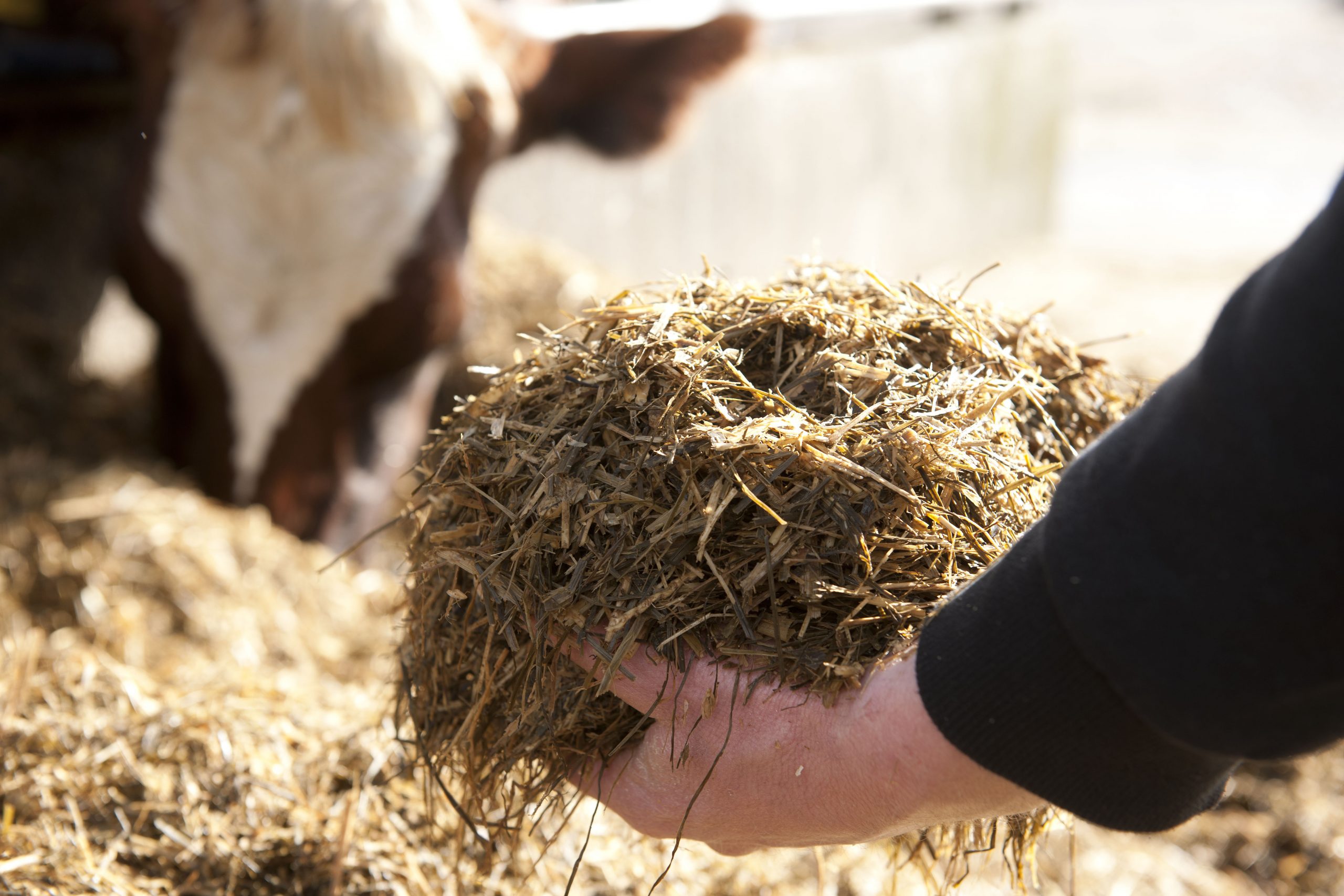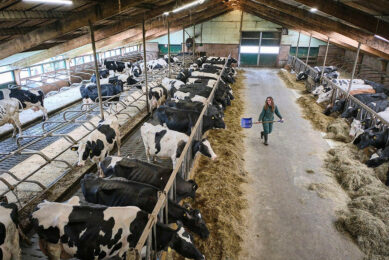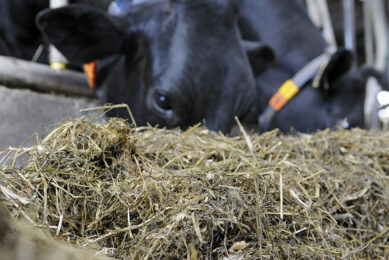Practical tips for optimal silage quality

At the end of the day, appropriate ensiling planning and management, using the right tools and products (plastic, inoculants) represent some investments that really pay back. This was one of the conclusions at a recently organised dairy seminar from Lallemand Animal Nutrition.
The part of farm-grown forage in the dairy ration is increasing, as it is seen as a good way to remain profitable. At the same time, quality must be watched, as fresh forage contains between one million and one billion microorganisms per gramme of dry matter (DM), good (acidifying bacteria such as lactic acid bacteria) or bad (clostridia etc.).
The ensiling process is thus a real battlefield between these micro-soldiers, the result of which is critical for forage quality. In this article we take a look at each phase of the ensiling process, their impact on final forage quality and how to keep this under control in practice.
What happens during ensiling?
Ensiling is a 4-stage process.
1. Aerobic phase: it only lasts a few hours, while oxygen in the clamp is reduced.
2. Fermentation stage: it begins when the silo is anaerobic. It can last several weeks. This is when acidification occurs, when lactic acid bacteria (LAB) present in the forage transform sugars into lactic acid. The pH drops to 3.7-5.0. Undesired bacteria, sensitive to low pH are inactivated. Acidification is the key step of silage making – it should be as fast as possible to limit the development of undesired bacteria.
3. Stable phase follows next: once acidification is completed, little change occurs as long as the silo remains airtight. The number of microorganisms decline at low pH, some remain active (e.g. L. buchneri), while others remain dormant, such as Clostridia and bacilli that can survive as spores.
4. Feed-out: when the silo is opened, air penetrates through the silo face and aerobic microorganisms can become active again, such as moulds, spoilage bacteria or yeasts.
But what can go wrong and what are preventive solutions? Read the full article on DairyGlobal.net.











